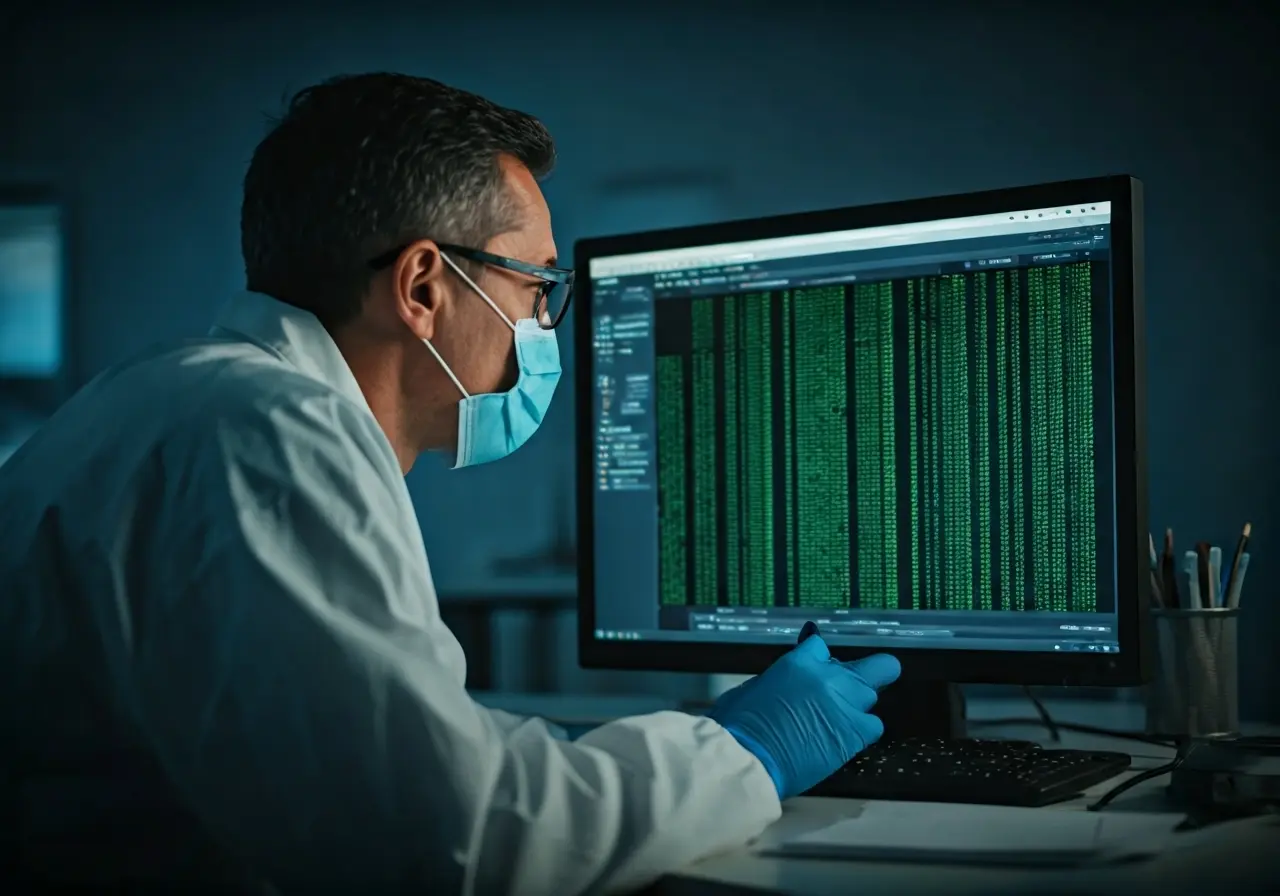8 Ways Digital Recovery is Transforming Investigations in California
Digital recovery is revolutionizing the investigative landscape in California, making it more efficient and effective than ever. As technology continues to advance, the methods used for gathering and analyzing digital data are transforming the way investigations are conducted. Let's explore these transformative ways.
1. Enhancing Evidence Collection Through Digital Tools
Digital recovery tools are making it easier to collect and preserve evidence effectively. With advanced software, investigators in California can now retrieve crucial information from various digital devices, ensuring that no stone is left unturned. For example, leveraging the latest in data extraction technology allows for comprehensive data collection from smartphones, tablets, and computers, which are common sources of critical communication and transactions.
These tools are particularly important in cases where time is of the essence. The speed at which digital evidence can be recovered is unmatched, allowing detectives to quickly gather the crucial data they need to proceed with their investigations. With such efficiency, investigators can focus their efforts on analysis rather than being weighed down by manual data retrieval, leading to faster resolutions and justice being served more swiftly.
2. Boosting Analytical Capabilities with AI
Artificial intelligence is playing a pivotal role in digital recovery, providing powerful analytical capabilities. Investigators can now process large volumes of data quickly, gaining insights that were previously unreachable. Machine learning algorithms sift through complex datasets, identifying patterns and anomalies that human eyes might miss. This capacity to process vast amounts of data with accuracy ensures that critical evidence is highlighted without delay.
Moreover, AI's role does not end with data analysis. Predictive analytics are being used to forecast potential outcomes and suspects' next moves, offering strategic insights that were science fiction just a few years ago. This not only helps in crime prevention but also streamlines the decision-making process, enabling investigative teams to allocate resources more effectively and respond to threats with precision.
3. Increasing Efficiency in Case Management
Digital recovery solutions streamline the management of investigative cases. By automating routine tasks, investigators can focus on more critical aspects of their work, increasing overall efficiency and reducing the time needed to solve cases. Case management software allows teams to track progress, manage workloads, and maintain accurate records without the need for cumbersome paperwork.
This technological transformation enhances transparency and accountability, as every action is logged and can be reviewed at any stage of the investigation. As a result, not only is the workload managed more efficiently, but stakeholders can easily access updates and track the trajectory of a case, significantly boosting confidence in the justice process.
4. Enhancing Collaboration Across Agencies
Digital platforms enable seamless collaboration between various investigation teams and agencies. This interconnectedness ensures that crucial information is shared quickly and securely, leading to more coordinated and effective investigations. Secure networks allow for the real-time exchange of data, which can be indispensable during time-sensitive cases, such as public safety threats or counter-terrorism operations.
Additionally, cross-agency data sharing can eliminate redundant investigative efforts and help in identifying broader patterns of criminal activity, which might not be visible to a single agency alone. By fostering a culture of openness and cooperation, digital recovery platforms ensure that every stakeholder is working towards a common goal, using every resource effectively to solve complex cases.
5. Improving Accuracy of Digital Forensics
With digital recovery advancements, forensic accuracy has improved significantly. Investigators can now isolate and analyze digital footprints with precision, offering irrefutable evidence that stands strong in legal proceedings. The integration of specialized forensic software ensures that digital evidence is collected in a manner that preserves its integrity, essential for its admissibility in court.
Forensic tools are now better equipped to differentiate between genuine digital traces and misleading artifacts, ensuring that evidence is both reliable and relevant. This accuracy is pivotal in high-stakes investigations where digital evidence can make or break a case. As forensic techniques continue to evolve, the focus remains on developing foolproof methods to extract and validate evidence reliably.
6. Ensuring Compliance and Accountability
Digital recovery methods are being aligned with legal standards, ensuring that investigations comply with regulations. This ensures accountability and transparency, bolstering public trust in the investigative process. Compliance with protocols such as the chain of custody and privacy laws is paramount, as mishandling digital evidence can jeopardize entire investigations.
The advancement of digital recovery tools does not only comply with existing laws but also anticipates future changes in the regulatory landscape. By staying proactive, investigative teams are able to adapt to emerging legal frameworks, safeguarding the integrity and credibility of the investigative process in the face of evolving legislation. Embracing such forward-thinking practices enhances not only compliance but overall efficacy.
7. Safeguarding Data with Enhanced Security Measures
As digital investigations often involve sensitive data, digital recovery systems have prioritized security. This ensures that data remains protected throughout the investigative process, preventing unauthorized access or breaches. Encryption and secure access protocols are integral parts of these systems, further protecting sensitive information from potential cyber threats.
Moreover, continuous monitoring and threat assessment mechanisms help identify vulnerabilities before they can be exploited. This proactive approach to security ensures that sensitive data is not only safeguarded but is also constantly monitored for potential risks. In a digital age where data breaches can have severe consequences, such measures are indispensable for maintaining trust and confidentiality during investigations.
8. Adapting to Emerging Cyber Threats
California's investigators are staying ahead of the game by using cutting-edge digital recovery tactics to counter emerging cyber threats. This foresight ensures that investigative methods remain robust against evolving challenges. The dynamic nature of cybercrime demands constant updates to investigative tools and strategies, a task that digital recovery methods are well-prepared for.
Incorporating adaptive technologies and continuous training allows investigators to confront new threats head-on, ensuring the security and integrity of their efforts. By anticipating potential developments in cyber threats, digital recovery processes remain agile and effective, ensuring law enforcement can navigate the complexities of cyberspace with confidence and skill.

